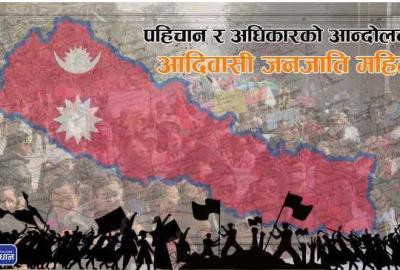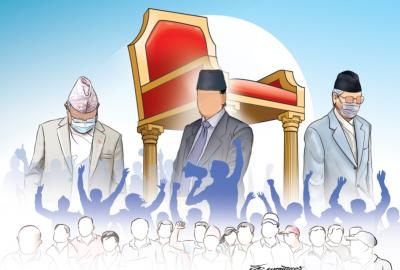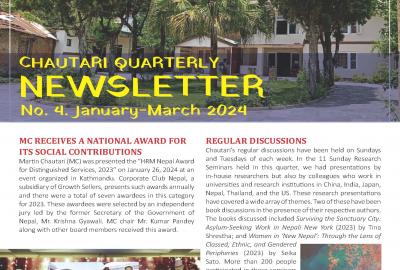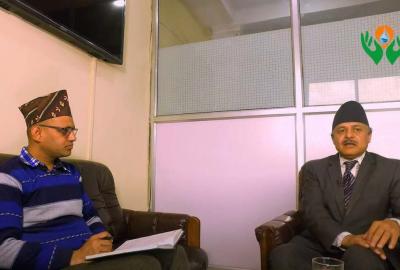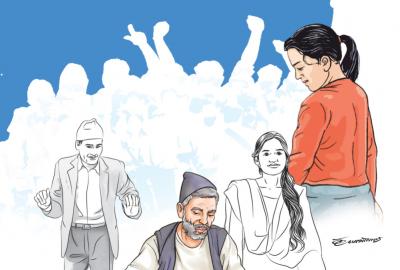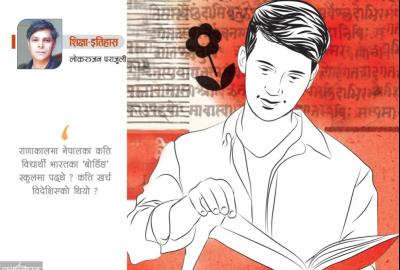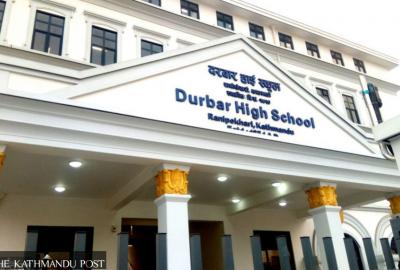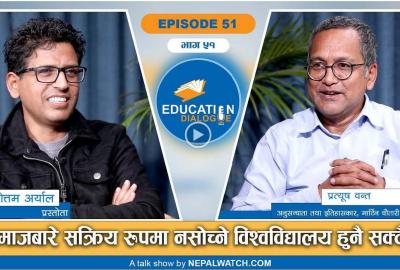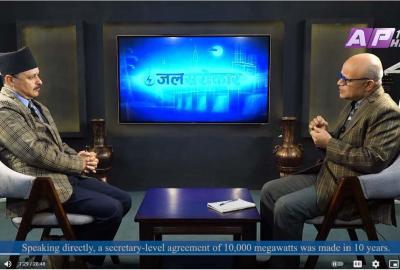A diverse faculty would be crucial if new Nepali universities want to be successful.

Some of the faculty members who taught at Tribhuvan University (TU) in its early days were non-Nepalis. Given the paucity of Nepalis with high academic degrees during the 1960s and the 1970s, some teachers at TU in disciplines such as history, political science, economics and English were nationals of India and other countries. They came under the auspices of the Colombo Plan, British Council and Fulbright and taught for one or more years.
Eventually, this kind of foreign faculty presence at TU got diminished as its teaching ranks got filled by Nepalis. Now it and other Nepali universities are entirely staffed by Nepali nationals. Most of the faculty members have college and terminal degrees from Nepali universities while some have terminal degrees from universities outside of Nepal. Same-institution inbreeding amid faculty members at TU has been a problem, especially in the discipline of history.
Recruiting a diverse faculty trained in different institutions of the world would be crucial if new Nepali universities want to be successful. These faculty members will bring diverse traditions of learning into the classroom, not to mention their rich personal life experiences. They can also be expected to demonstrate to our young students that there are many ways of thinking and researching about the complexities of our world. Where will the proposed new Nepali universities find their faculty if recruiting a diversely trained set is a priority?
Inside Nepal
Let us consider the potential pool of Nepalis inside Nepal. First, there are many young Nepali academics who are working part-time or under yearly contracts in the existing universities. They do not have a permanent position for a number of reasons. Some of them have no faith in the sewa-ayog (service commission) route of joining these institutions. Others are older than 45 and thus ineligible to join some universities permanently due to a weird age-bar rule.
There is a second group of competent academics who currently teach in Nepal’s universities who are really frustrated with their working conditions. If a reasonably good alternative job offer were to emerge from the new universities, some of them would jump ship.
The third group of young Nepali academics with PhDs are working in independent research centres and various other sectors. The fourth group are those finishing their PhDs in Nepali universities currently. The fifth group would consist of Nepali practitioners in various fields (creative arts including theatre, media and development) who could be appointed as professors of practice in the new universities.
Outside Nepal
What about Nepalis currently outside of Nepal? The first point to note is that the number of Nepalis in academic positions in universities and research institutions of North America, the United Kingdom, Australia and India has increased noticeably in the past 20 years. A few of them are thriving, having been promoted to permanent (professorial) positions. Given their current job security, academic specialisations and personal circumstances, I think it would be pretty difficult to attract these people to Nepali universities permanently, but they might consider short-term visiting positions. However, many Nepali academics, especially in North America, have just entered the field and hold either untenured positions or have casual teaching contracts. Given the relative precarity of their situations, some of them would want to return to Nepal if good university jobs were to become available.
The second point to note is that the current cohort of Nepalis doing PhDs in universities in the United States, the United Kingdom, Australia, Japan, India and other countries is the largest such group in the history of Nepali higher education. While no one knows the exact number of such students, it most likely runs into several hundred, if not over a thousand. These students are doing their PhDs in diverse fields in a variety of institutions. While many might pursue post-PhD careers in the West, at least some of them would be interested in joining Nepali universities.
As far as I know, no survey has been done amongst such individuals to find out what would attract them back to Nepal to work in universities here. Relying on anecdotal evidence, many such individuals would be interested to work in Nepali universities provided that the environment for teaching and research is “right”. In personal encounters, some say that they know they cannot expect huge salaries, but if they can work in an environment where academic concerns are dominant among their faculty peers, they would be interested in such opportunities. So the current doctoral students and those that will follow them in the coming years provide a large pool of potential faculty candidates for new Nepali universities.
The third group of Nepalis outside of Nepal are individuals with PhDs who are currently pursuing non-academic jobs for various reasons. A friend who falls in this category, Dr Shrochis Karki (doctorate from the University of Oxford), says that such individuals might be “better suited for other roles within a new university context including leadership positions”. These might “include setting up research and/or policy centres focusing on entrepreneurship and innovation”. He adds, “It's important to have new and different ideas within the leadership and governance structures of new universities.”
Outside of Nepal, there is a large pool of suitable candidates who are not Nepali nationals. Among them, there is a relatively small group of academics who will consider coming to work in a Nepali university on a permanent basis, meaning for several years.
The second pool, much larger, consists of many videshi academics who would want to come and teach at a Nepali university in a short-term visiting capacity. Some of them are fresh PhDs looking for a one-year teaching experience while they search for a more permanent position elsewhere. Others are academics who have a year-long sabbatical, half of which they might want to spend teaching here, mainly because they like Nepal. Still others are academics who have just retired from their full-time jobs who would be interested in teaching a term or two or one term per year for some years in a row. They might be old Nepal academic hands or people who are newly attracted to Nepal.
To have videshi academics here in either capacity, first of all, our mindset has to welcome them as contributors to pluralism amid the teaching staff in our universities. Secondly, new Nepali universities will have to negotiate flexible visa arrangements with the government of Nepal for people who are not Indian passport holders. Contrary to the early days of TU, this is easier said than done. The former dean of the law school of Kathmandu University, Dr Bipin Adhikari, told me that when he invited an Australian expert to come and teach at his school, it took him about six months to get her visa sorted out, amid bureaucratic hassles from the separate ministries of Education and Labour, and the Department of Immigration. That “experience was so disastrous”, Adhikari added, that he “stopped thinking…of hiring anyone from abroad”.
Hence, there is no dearth of competent Nepali and videshi PhDs who can be hired by new Nepali universities. The challenge lies elsewhere: Can the promoters of these new institutions create the right environment to entice new PhDs (who have other options) to their universities?
Published at : February 16, 2023
Source: https://kathmandupost.com/columns/2023/02/16/where-to-find-the-faculty
